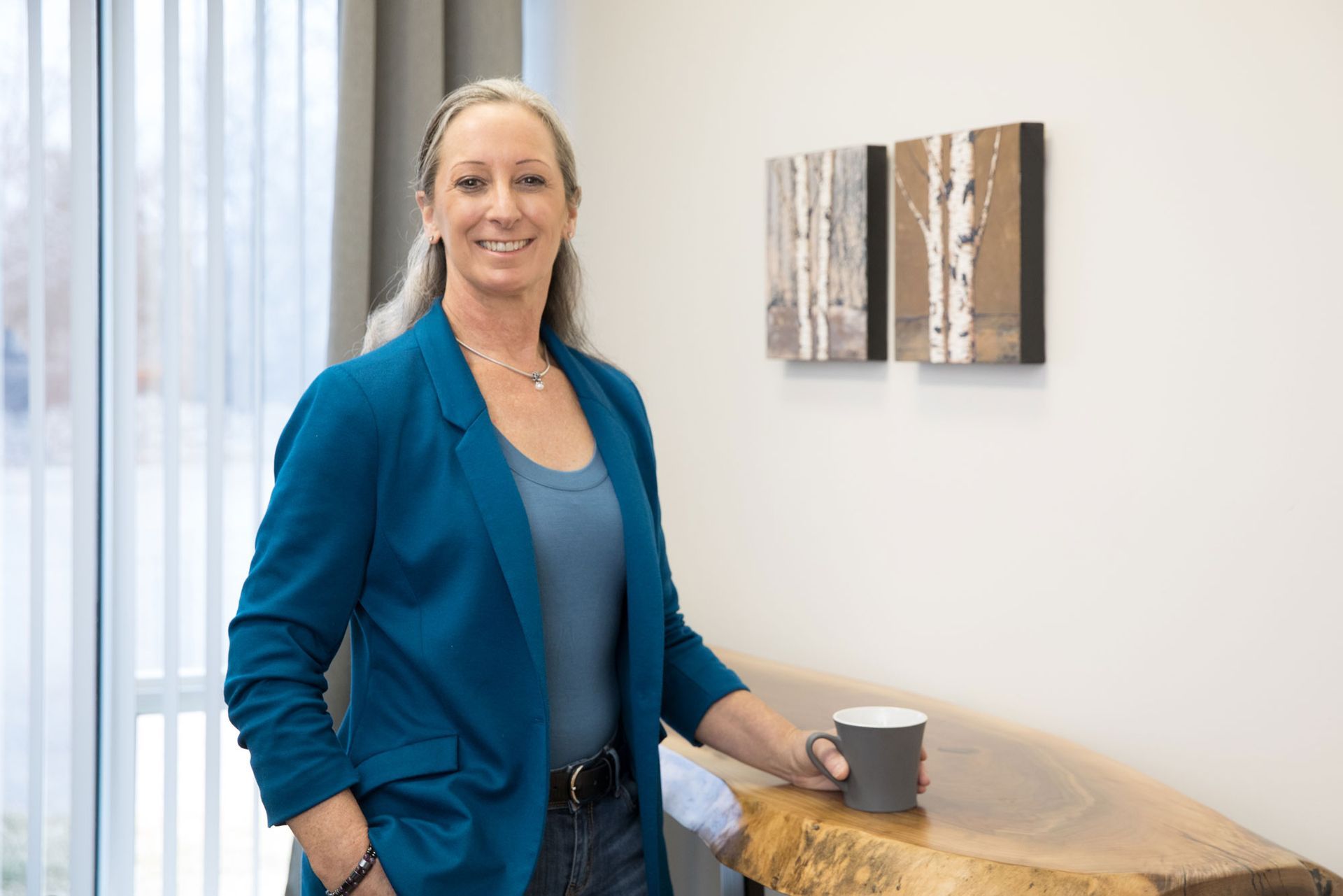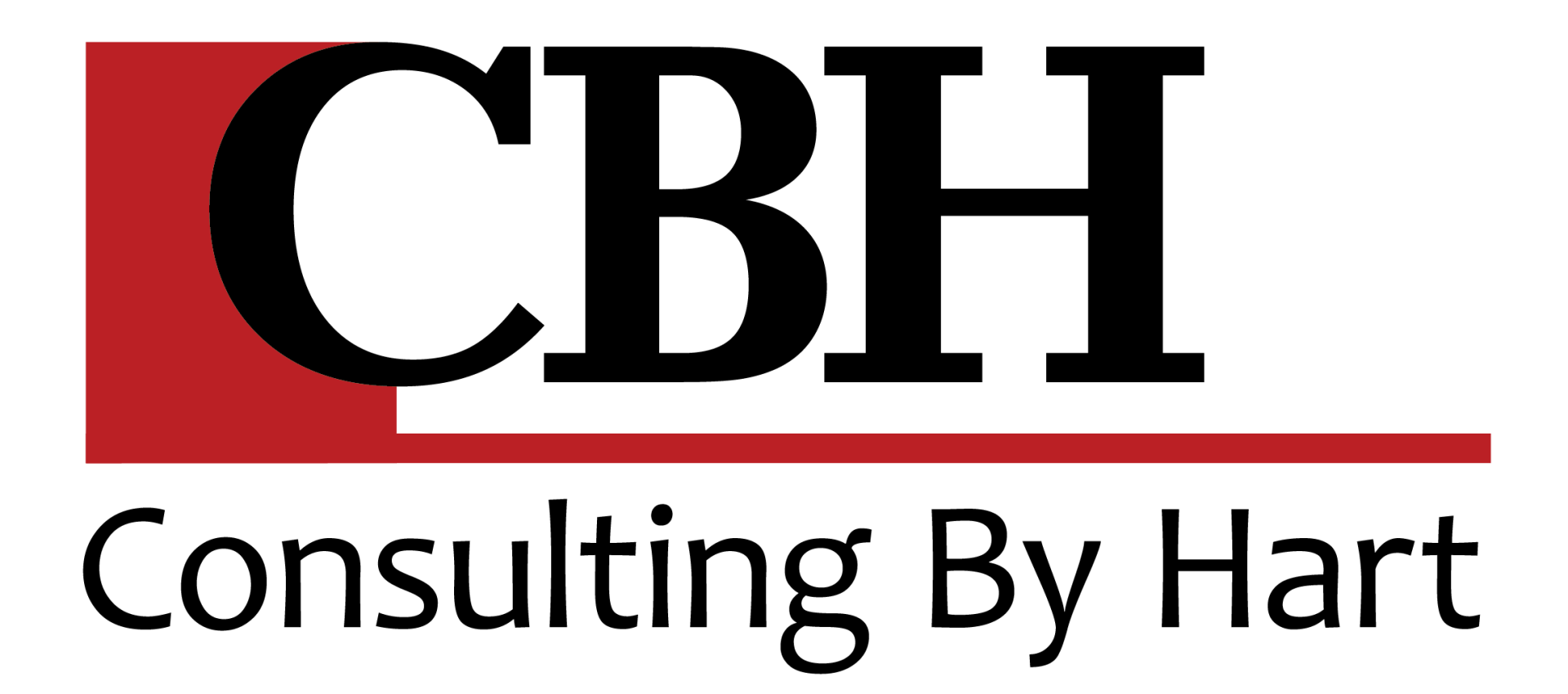Culture Part 2: Engaging Your Team to Focus on Wellness and Safety
We are all challenged to ensure we have a culture of safety and wellness… the challenge, is what exactly does that look like? What should we all ‘do’? What will our conversations sound like when we’re ‘there’?
The shift that’s occurred in many of our careers from a culture of ‘get it done no matter what’ to a culture of ‘get it done safely and with work-life balance’ is not only extreme, but it’s complete and here to stay.
Long gone are the days when safety was a topic rarely discussed at work, and never past an employee's first day orientation. Every Foreperson, supervisor, manager and company owner is now required to ensure that the entire staff are following a clearly defined safety protocol at every turn, every day.
Recently, the power went out in my home town for a couple of hours in the morning. I went to my local Pharmacy to pick up a prescription after the power was restored, only to find the doors locked with a sign that read: “Due to our health and safety programme, which is designed to protect the safety of our team, we are closed while we await the power to come back on and fully re start our systems and computers”. I found a similar message when I went to the local Restore to drop off a donation. It reminded me that health and safety protocols are clearly defined across every industry, and require strict protocols to be followed.
The challenge for every company management team is to decide what the safety policies need to be, and how to communicate, train and engage the team to respect and follow them every day.
At a recent workshop session held in London, I invited the WSPS to provide their informative and inspiring presentation on Mental Health in the Workplace. They presented a workplace self evaluation survey designed to bring the issue of mental health to the forefront in the minds of policy makers and managers tasked with ensuring the team is healthy in all ways possible.
Prior to last winter, I hadn’t connected the dots between workplace processes and the personal mental health of the team. Now I realize that there is a true benefit in having candid, meaningful conversations among staff, with management, to address the challenges many face throughout their year (whether at work or not).
As employers, there’s an onus upon us to ensure that people who need support have access to us whenever we can. Opening up conversations about mental health is creating a more tightly nit team in each of the companies I see making the effort to embark on the journey. My thinking is that if WSPS is training on it to employers across the board, then it’s important to stand up and pay attention.
While you read this column, please pause and ask yourself if there’s room in the employee engagement department for you to open a conversation with your team about wellness. Can you take a stand and make the effort to create space for troubled staff to share and ask for support? Is there something that you can do to flex your work structure, to reduce stress and accommodate challenging child care, transportation or home life challenges? Are there people in your midst on your team whom would engage more deeply with your company brand if it included a sincere focus on wellness for everyone?
Among my readers here in this column, I know that there are companies who hold monthly ‘hang out’ events that range from ‘yoga in the park’ for the whole team, to bar-b-ques, fun days, ice cream sundae eating contests (no cutlery allowed), community projects, wildlife sanctuary volunteer projects, and the list goes on. What I have observed in these companies, is a true ethic to support and engage staff in dialogue and collaboration to support overall wellness of the team.
Creating the culture of safety isn’t a very long step away from the wellness discussions. At a coaching session last winter, I lead an afternoon discussion on establishing and maintaining a continually improving culture of safety. We emphasized the point that as long as the management firmly believes that everyone should have the right to go home uninjured – and they walk their talk, then the rest usually falls into place. The challenge presents when time schedules are tight, work orders are piling up and it seems like safety meetings are in slow motion…. Something to be ‘rescheduled’.
I suggest that in order to create a truly engaged culture of safety and wellness, safety meetings are scheduled and never delayed. It sends a message to the team if you put off training and conversations about the importance of safety over and over again. It’s THEIR safety that’s at risk if they don’t get the training they need. They don’t know what they don’t know. The onus is on the leadership team to inform, train, and engage everyone in safety and proactive, consistent smart practices, designed to keep staff, pedestrians and client families safe.
Take a moment, especially now at this difficult and rushed time of year, to make sure that you’re on target with your safety training plan, and don’t let your foot off the gas. Not now. Not ever. The message to your team that their safety and wellness is important and non-negotiable is not only appreciated, but necessary.
Dig in, show you care, ask for ideas, engage your team in a culture of safety and wellness!
Other Articles That May Interest You:





